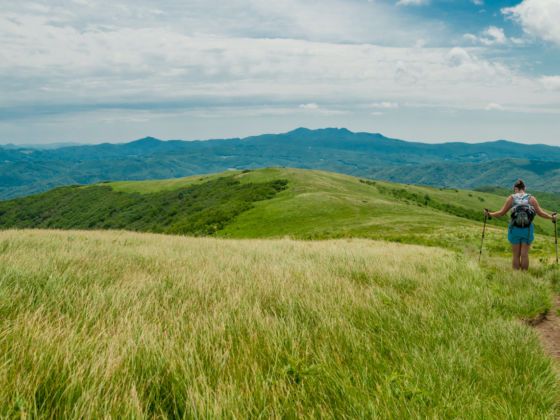Sections of the Appalachian Trail started closing in mid-March, and after two and a half long months, the Appalachian Trail Conservancy (ATC) announced the trail’s gradual reopening. The ATC collaborated with trail management partners and experts in outdoor recreation and medicine to create a set of guidelines for day and overnight hikers. Thru-hikers, who complete the hike in a months-long trek, are still being told to stay away.


Sandra Marra, ATC president and chief executive, told The Washington Post, “Day hikers can mitigate exposure, but there is no feasible way thru-hikers can because of the closures.”
Around 98 percent of the trail is reopened, though many services long-distance hikers depend on — like overnight shelters and restrooms — are still closed, making thru-hiking impossible.
In contrast to thru-hikers, day and overnight hikers have the flexibility to work around these closures. They can more easily avoid enclosed spaces with high-touch surfaces, and reduce the risk of contamination.
According to Marra, “When you go into those facilities, all bets are off. The picnic tables and privies are teeming with bacteria on the best day. We can’t station enough people to sanitize them.”
However, the ATC is recommending that all hikers, no matter their ambitions, to ask themselves the following questions before setting out for the trail: Have you experienced coronavirus-like symptoms? Does your route include closed portions (an updated list can be found on the ATC’s website) of the trail? Do you have masks and hand sanitizer?
Hikers are also being advised to avoid narrow paths not conducive to social distancing, and to not go hiking if the trailhead’s parking lot is full.
If you decide to ignore the ATC’s advice and thru-hike the Appalachian Trail, the organization will not acknowledge your accomplishment. So keep that in mind before deciding to break any rules.